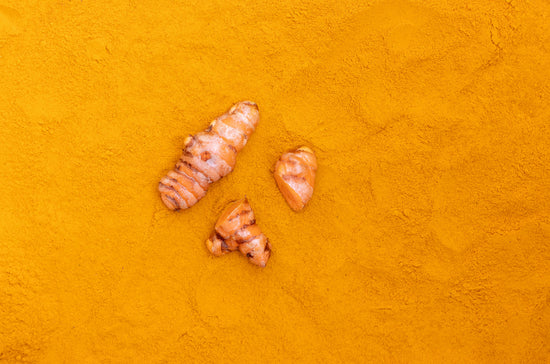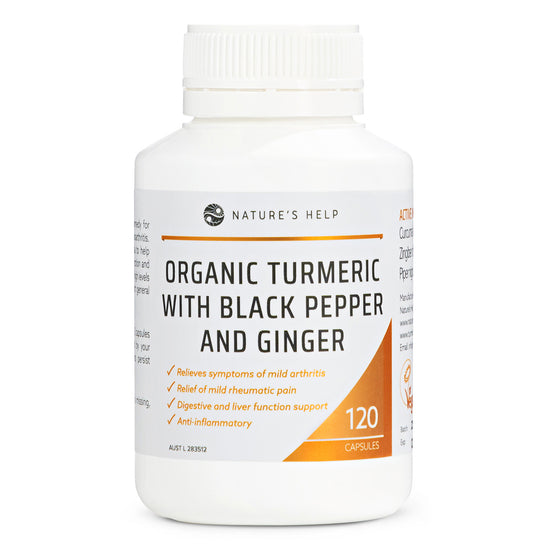With the ever-growing popularity of holistic health and wellbeing; it is no wonder more people are seeking out and trying therapies that aren’t classified as ‘mainstream medicine’.
If you’re reading this, the chances of you having used a complementary or alternative medicine or therapy are reasonably high; our products are complementary medicines.
Government surveys show that 42% of Australians report using complementary or alternative medicines and therapies. Another study showed that in 2000, Australians spent $2.3 billion on complementary and alternative therapies, a 62% increase since 1993. Similar findings have been made in the United States and Great Britain. Today, it is estimated that Australians spend over $4 billion dollars a year on complementary and alternative medicine and therapies.
Sociologists believe a social movement is occurring due to the increasing legitimacy of complementary and alternative medicines and therapies within the healthcare system.

Are complementary and alternative medicine therapies the same?
Many people take “complementary medicine” and “alternative medicine” to mean the same thing. Although they are often grouped together under the umbrella of CAM (complementary and alternative medicine), they’re actually different.
Complementary medicine refers to healing practices and products that work in conjunction with traditional medicine. For example, a cancer patient receiving chemotherapy may also undergo acupuncture to help manage chemo side effects like nausea and vomiting.
Alternative medicine differs in that it is not used as a complement to, but rather as a substitute for traditional therapy. An example would be a cancer patient who forgoes recommended chemotherapy and instead chooses to treat the disease with specific dietary changes.
Traditional doctors are starting to accept complementary medicine with some even recommending or practising complementary treatments. For example, many conventional medical doctors also practice acupuncture.
There is still scepticism around alternative medicine and therapies with very few clinical studies conducted to verify claims. However, many people swear to have cured severe diseases, illnesses and ailments with alternative therapies.
Why people use complementary and alternative medicine therapies
People may have more than one reason for trying a complementary or alternative medicine therapy, and peoples reasons will vary; however, some reasons may be:
- achieving and maintaining good health
- helping them perform everyday tasks
- feeling dissatisfied with conventional medical practices
- feeling dissatisfied with their doctor-patient relationships
- wanting to take charge of their own health and medical problems
- having easy access to consumer health information on the internet
- reading evidence of the benefits and safety of some complementary medicines and therapies
- feeling dissatisfied with limited success rates or adverse side effects of prescription medicines
- wanting to receive healthcare that treats the whole person and not just their symptoms
The most frequent users of complementary therapies in Australia are women and those who are well educated. Many people use complementary or alternative medicine and therapies because of their cultural traditions and beliefs.
Types of complementary and alternative medicine therapies
There are five recognised main categories of complementary and alternative medicine:
1. Mind-Body
Includes treatments that focus on how our mental and emotional status interacts and affects the body’s ability to function. Examples include;
- Meditation
- Biofeedback
- Hypnosis
- Creative Therapies (art, dance, music)
2. Whole Systems or Traditional
Which refers to complete systems of medical theory and practice, many of which go back thousands of years and have roots in non-Western cultures – including:
- Chinese Medicine
- Ayurveda
- Homeopathy
- Naturopathy
3. Manipulative and Body-Based
Relies on the physical manipulation of the body; this practice is intended to improve specific symptoms and overall health. Examples of these practices include;
- Chiropractic
- Osteopathy
- Acupuncture
- Massage
- Yoga
4. Energy
Which uses energy fields to promote healing. Biofield therapies affect energy fields that are said to encircle the human body — forms include;
- Reiki
- Qi Gong
- Bioelectromagnetic Therapies
5. Biological
Focuses on herbs, nutrition, and vitamins. Dietary supplements and herbal medicine are perhaps the most common forms of biologically based complementary and alternative medicine. A growing interest in these kinds of therapies is leading to more research, but many of these biologically based practices have yet to be thoroughly tested.
Philosophies of complementary and alternative medicine therapies
Complementary and alternative medicine are based on these shared core beliefs;
- Illness occurs if the body is out of balance
- The body can heal itself and maintain a healthy state if given the right conditions
- The whole person should be treated, not just the disease or the symptoms
- The gentlest therapies must be tried first before harsher ones
- There is no quick fix since healing and balance take time
- Natural products are preferable to synthetic ones
If you are considering using complementary or alternative therapy, make sure you consult with your regular doctor and do some research before your first session. Also tell your complementary practitioner about all medicines, treatments and remedies you use.

Please note: This article is not intended to diagnose, treat, cure, or prevent any disease. Results may vary from individual to individual.













